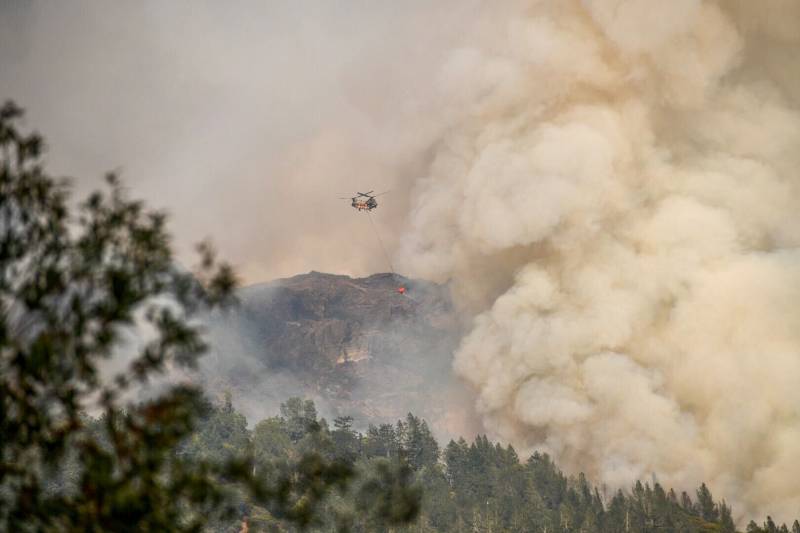Dense smoke from the Glass Fire shrouds Napa, Santa Rosa and St. Helena. Air sensors in these communities are registering hazardous levels, which indicates toxic fumes could provoke health problems in anyone, not only people with sensitive respiratory systems.
Filthy plumes pervade much of the Bay Area. Conditions are rapidly declining in San Francisco and the East Bay, and regulators extended a Spare the Air alert through next Tuesday.
“We are expecting air quality impacts well into early next week from the Glass Fire,” said Kristine Roselius, a spokesperson for the Bay Area Air Quality Management District.
Nasty air is expected to saturate the region Thursday and Friday, and Roselius says she doesn’t expect clear skies until firefighters quell the blaze. The Glass Fire is currently 5% contained.
Doctors say a good rule of thumb is to let your nose lead. If the air smells like a campfire, it’s best to relax indoors with the windows closed. You can even tape the edges to prevent smoke leaks.

